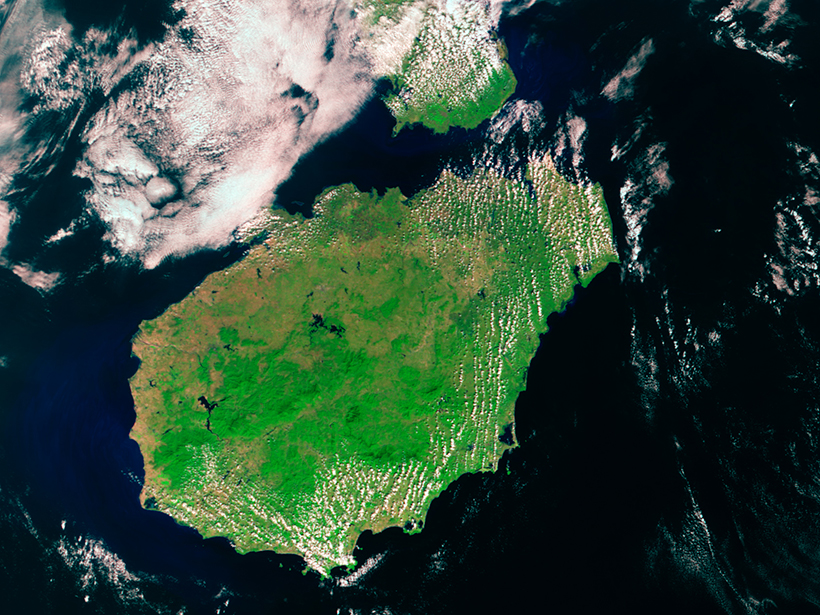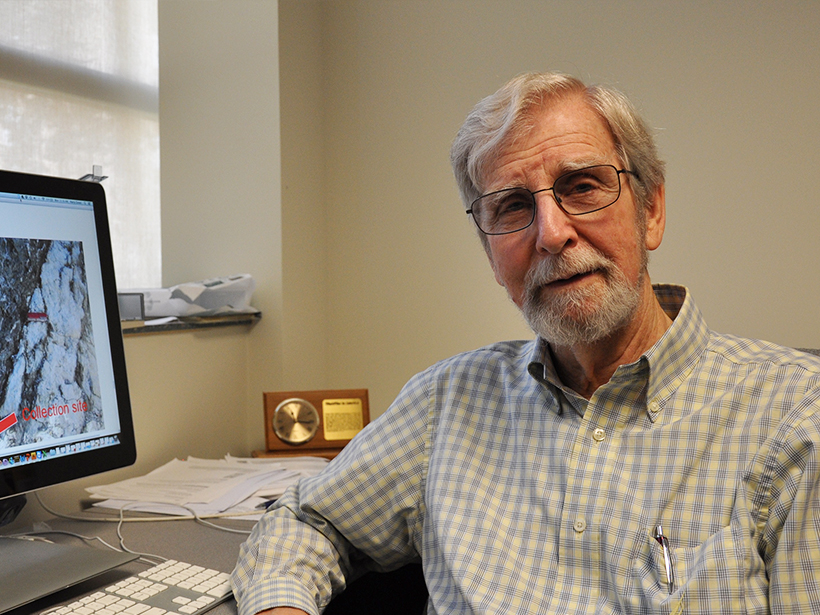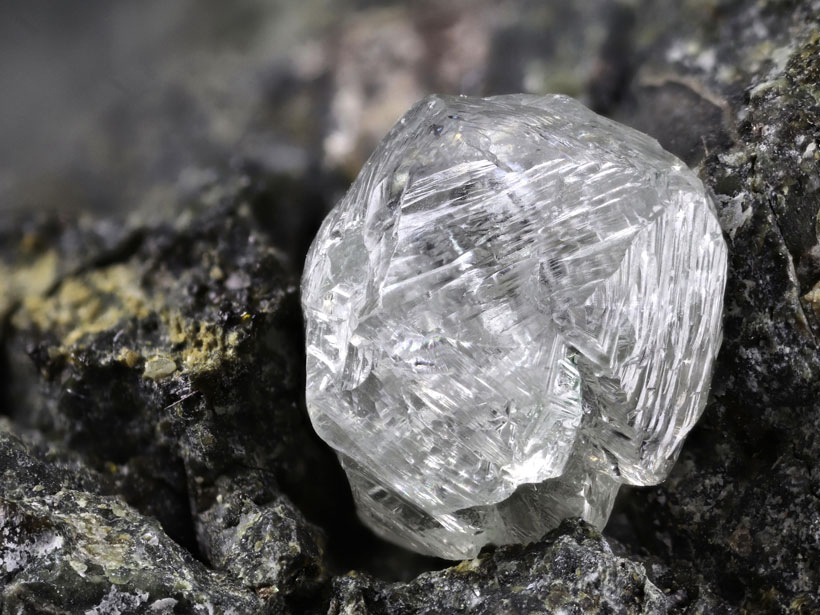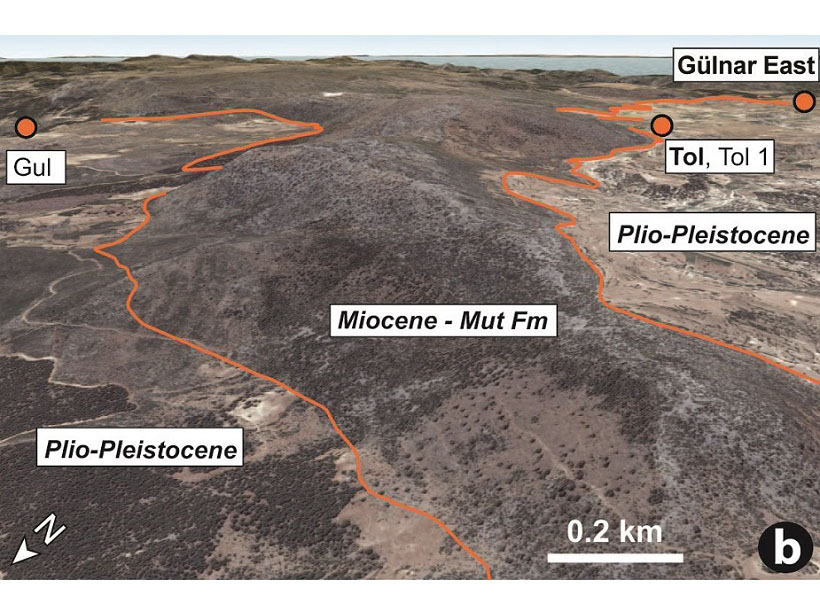Yoshio Fukao was awarded the 2018 Inge Lehmann Medal at the AGU Fall Meeting Honors Ceremony, held on 12 December 2018 in Washington, D. C. The medal is for “contributions to the understanding of the structure, composition, and dynamics of the Earth’s mantle and core.”
Earth’s interior
Taking Magnetotelluric Data out of the Drawer
Magnetic and electric field measurements at Earth’s surface provide information on Earth’s interior and on space weather. An open-source central repository of these data has received a major update.
Deng and Maguire Receive 2018 Study of the Earth’s Deep Interior Award for Graduate Research
Jie Deng and Ross Maguire will receive the 2018 Study of the Earth’s Deep Interior Award for Graduate Research at AGU’s Fall Meeting 2018, to be held 10–14 December in Washington, D. C. This award is given annually for advances that contribute to the understanding of the deep interior of the Earth or other planetary bodies using a broad range of observational, experimental, and/or theoretical approaches.
Understanding Electrical Signals from Below Earth’s Surface
A new version of a free Web application (SIGMELTS 2.0) helps Earth scientists interpret electrical anomalies in Earth’s crust and mantle and track the sources of earthquakes and volcanic eruptions.
Carbonate Melting Enhances Mantle CO2 Fluxes in Old Ocean Basins
The amount of CO2 segregated from the mantle by carbonate melting beneath old oceanic crust may equal that emitted along the mid-ocean ridge system, thereby contributing to the global carbon cycle.
Linking Mantle Plumes to Volcanoes and Hot Spot Tracks
Study bolsters hypothesis that volcanoes on China’s Hainan Island were formed by a hot spot.
Harry W. Green II (1940–2017)
By keenly probing mantle rheology, interactions of deformations and phase transitions, and microscopic features, he made major contributions to petrology, mineralogy, and earthquake science.
Diamond Impurities Reveal Water Deep Within the Mantle
A high-pressure form of ice, trapped within diamonds forged in the lower mantle, suggests that aqueous fluids reside deeper in Earth than we knew.
Widespread Mantle Upwelling Beneath Oceanic Transform Faults
A global characterization of mantle flow patterns beneath active oceanic transforms suggests pervasive upwelling stabilizes divergent plate boundaries by warming and weakening these enigmatic features.
Tracking Deep-Earth Processes from Rapid Topographic Changes
Rapid elevation-rise in Turkey, tracked by marine sediments that now sit at 1.5 km in elevation, is linked to deep-Earth processes that can explain short-lived, extreme rates of topographic change.








